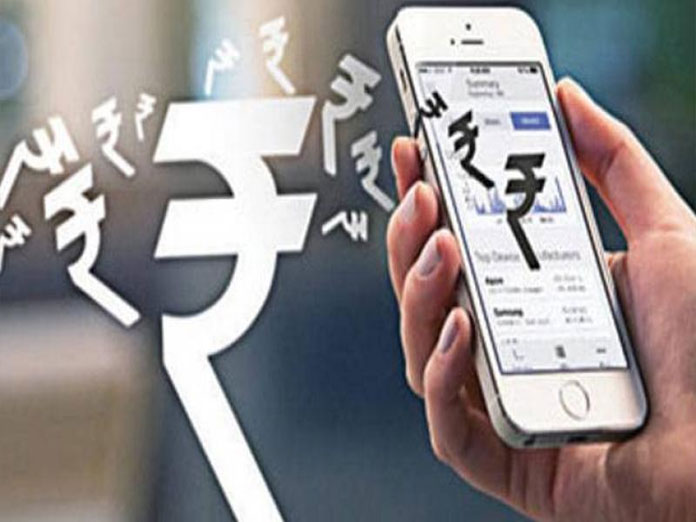Live
- SSC exam fee date extended
- Govt expedites Phase-I of scheme
- Remarks Against Ambedkar: Congress demands Union Home Minister Amit Shah’s resignation
- Decision likely on 2-child policy for rural body polls after caste census
- 2.79 lakh MTs of paddy purchased in Eluru dist
- MLA GV Anjaneyulu visits rain-hit agriculture fields
- Cyberabad sees 64 per cent Surge in Crime Rate
- Maternal Deaths: Collector O Anand expresses ire over medical staff
- TTD unveils vision for Global Outreach
- Women should not be confined to homes: CM Naidu
Just In

Digital payments applications need to be more userfriendly, consume less data and battery, be available in the local language and use innovative tools to enhance usability, according to Consumer Unity and Trust Society CUTS International
Around 44 pc of aware disadvantaged groups and 50 pc of aware advantaged groups are users of digital payments.
New Delhi: Digital payments applications need to be more user-friendly, consume less data and battery, be available in the local language and use innovative tools to enhance usability, according to Consumer Unity and Trust Society (CUTS) International.
At the same time, there is a need to enhance trust in service providers by reducing fraud, improving convenience and fixing accountability, it said.
Different users may prioritise divergent challenges to be addressed for enhancing use of digital payment modes. While consumers face challenges such as lack of interoperability and high processing charges, merchants face challenges with respect to expensive acceptance infrastructure, transaction failures and unaware customers.
However, there is a positive correlation between education of users, infrastructure availability and awareness of digital payments. But there is a low conversion rate among aware groups indicating that mere awareness is not sufficient for deepening digital payments.
The non-profit organisation recently conducted three user perception and behaviour surveys to gauge various aspects of digital payments. In all, 5,000 respondents were interviewed across categories (consumers, merchants, micro and small enterprises, business correspondents, and entrepreneurs) from 11 states representing different demographic profiles.
On an average, around 44 per cent of aware disadvantaged groups (females, not young, rural, low/uneducated and low/ no income) and 50 per cent of aware advantaged groups (male, young, urban, highly educated and high income) are users of digital payments, said CUTS International.
The key findings of surveys and recommendations have been submitted to the RBI Committee on Deepening of Digital Payments.

© 2024 Hyderabad Media House Limited/The Hans India. All rights reserved. Powered by hocalwire.com







